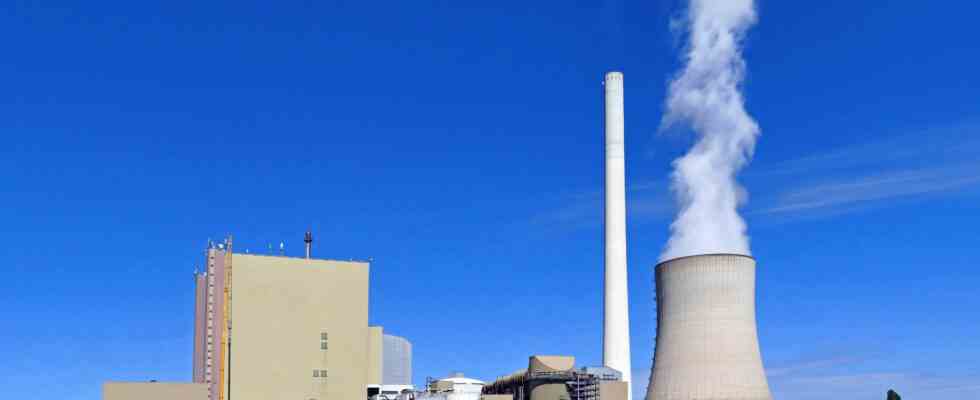Status: 08/23/2022 12:03 p.m
The North Rhine-Westphalian coal-fired power plant Heyden 4 is to produce electricity again. It is already the second comparable system that is being taken from the reserve – to save natural gas.
Starting next Monday, the Heyden 4 coal-fired power plant in Petershagen, North Rhine-Westphalia, is to generate electricity again. As the energy group Uniper announced, the power plant is expected to return to the market by the end of April 2023 and thus “contribute to securing the power supply in Germany”.
With an output of 875 megawatts, Heyden 4 is one of the most powerful coal-fired power plants in Germany, according to Uniper. It has been a reserve power plant since mid-2021, so it only produces electricity intermittently to ensure grid stability.
The Mehrum coal-fired power plant in Hohenhameln, Lower Saxony, which belongs to the Czech energy group EPH, had previously returned to the grid. The power plant has been producing regular electricity again since the beginning of August with an output of 690 megawatts.
The Essen-based energy supplier STEAG announced today that the two coal-fired power plants in Quierschied and Bexbach in Saarland will probably be put back into operation at the beginning of November. Technically and in terms of personnel, an earlier return from the grid reserve would not be a problem, according to STEAG. However, the Replacement Power Plant Availability Act (EKBG) stipulates that the power plant must have hard coal reserves for 30 days of full-load operation. “Because of the currently tense logistics situation in rail transport,” it would probably not be possible to do that beforehand. The company had already announced that it would continue to operate the coal-fired power plant in Völklingen-Fenne, Saarland, beyond the planned shutdown at the end of October.
Attractive for power plant operators
In mid-July, the federal government decided to allow coal-fired or oil-powered power plants from the so-called grid reserve to operate again in order to save on natural gas. The ordinance is initially valid until the end of April 2023. According to the Federal Network Agency, the gas share in electricity generation was 9.8 percent in July.
The restart for several months is currently economically interesting for power plant operators because of the high electricity prices. Especially since there is enough hard coal on the world market. STEAG, for example, procures hard coal in North and South America, South Africa and Australia. The coal arriving at the overseas ports of Amsterdam, Rotterdam and Antwerp is then transported by rail to the locations on the Saar.
Low water levels are a problem
Uniper also held out the prospect of possible restrictions on electricity production due to the transport bottlenecks. In addition to the limited capacity of the railway, the low water levels in the rivers add to the difficulty. Several power plant operators are affected by this. This complicates and delays the transport of the coal to the power plants.
In addition to the ordinance for hard coal and oil power plants that is already in force, the federal government is also preparing an ordinance for the beginning of October for the restarting of lignite power plants that have already been shut down.

